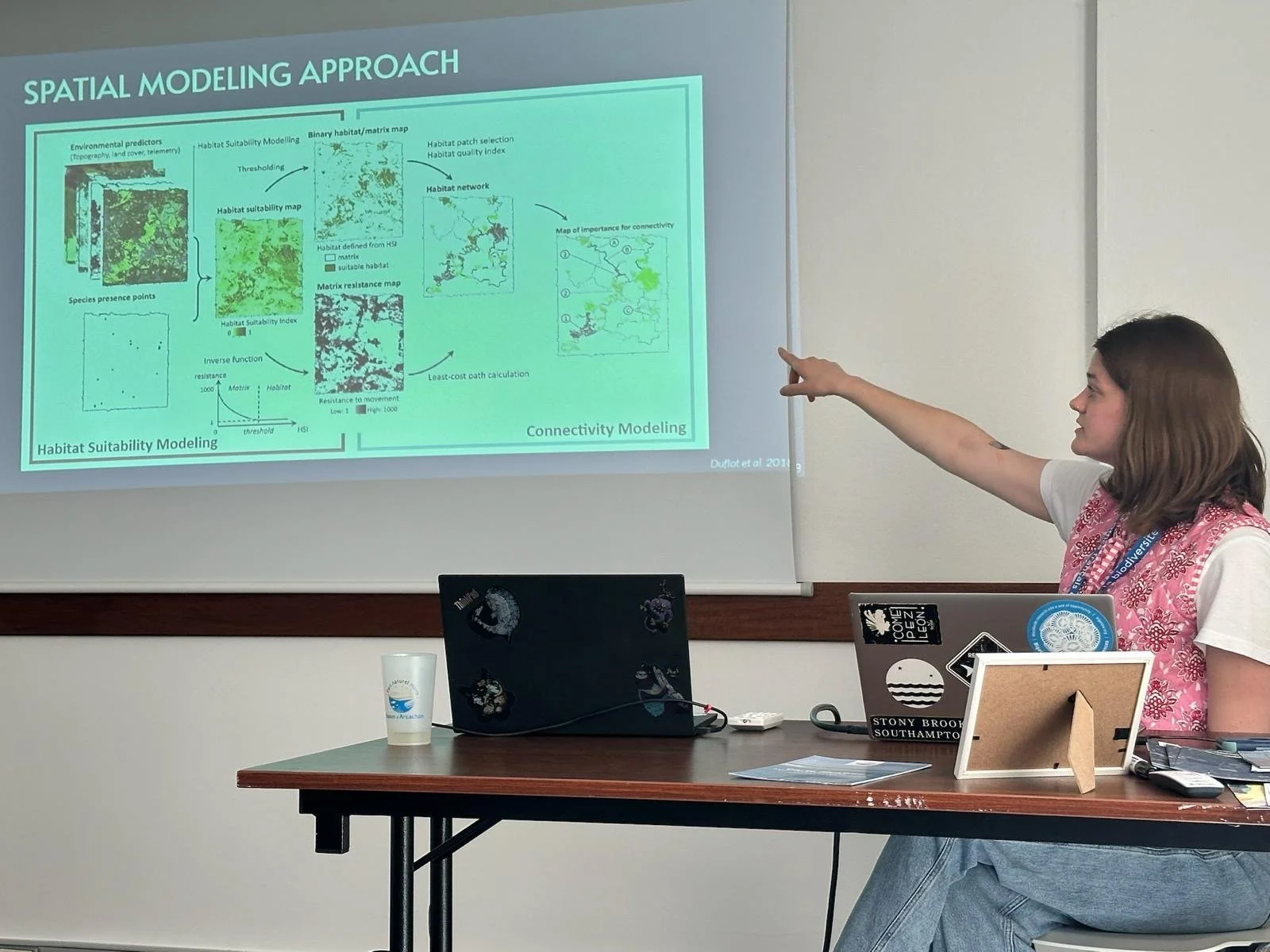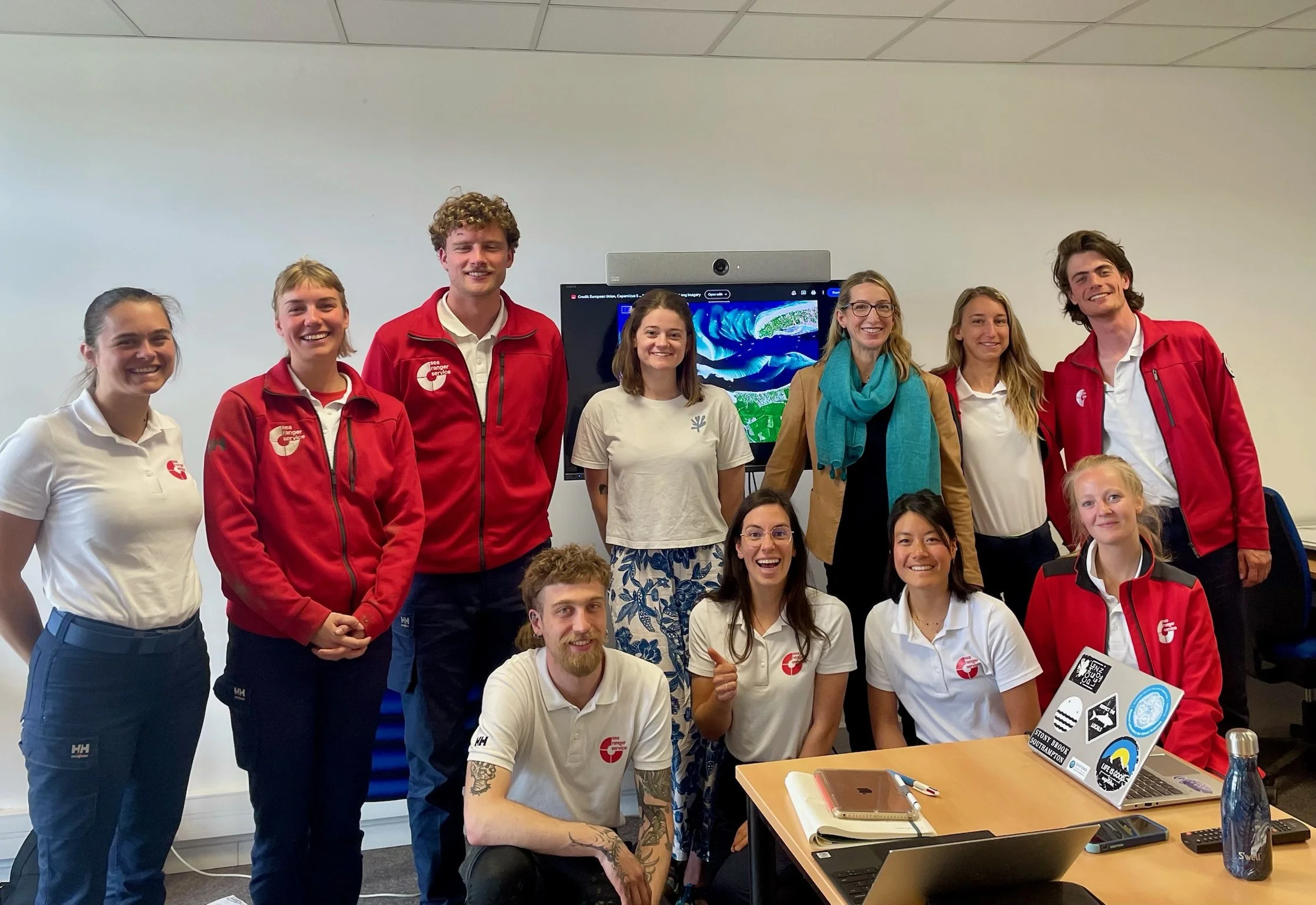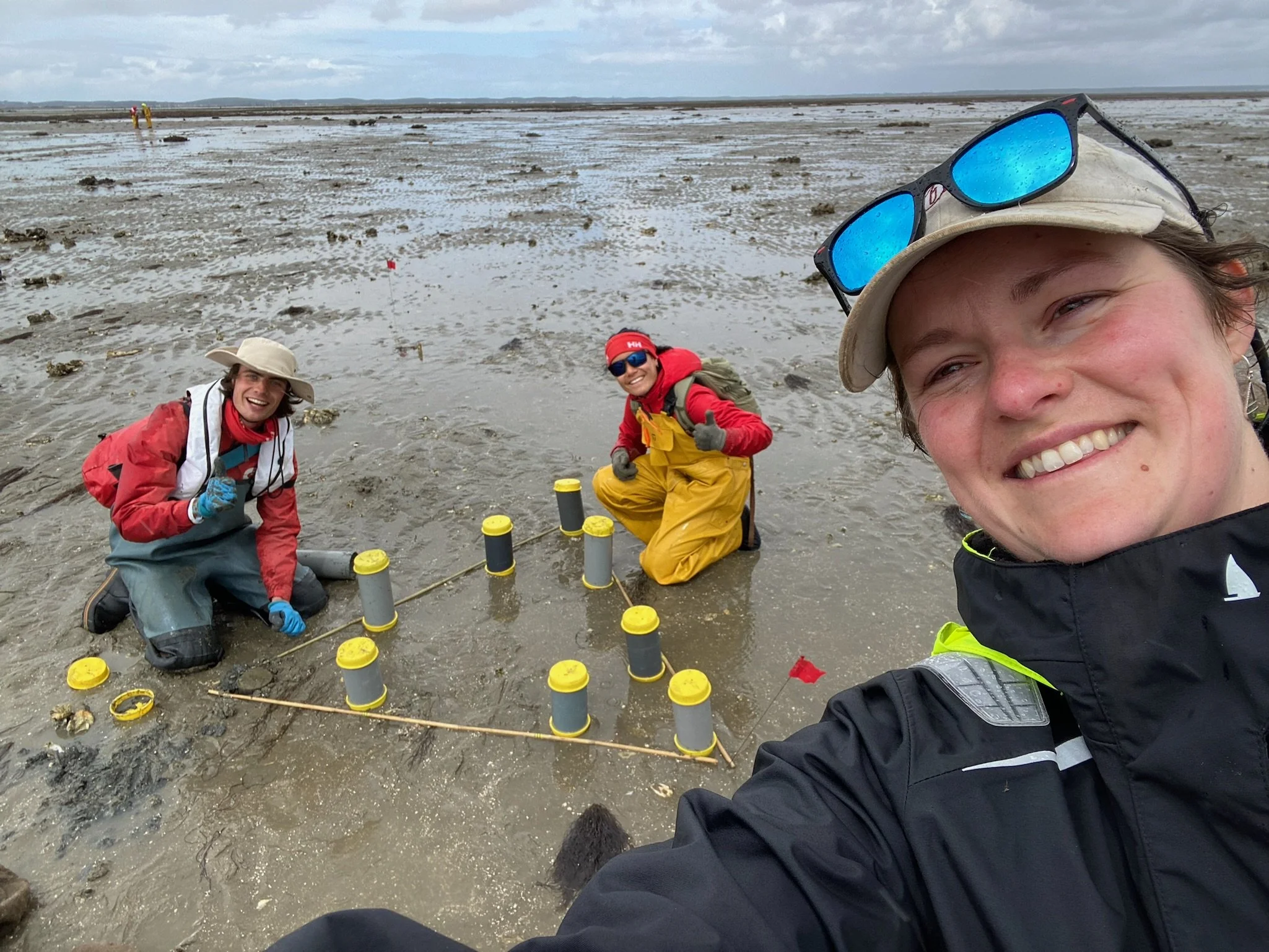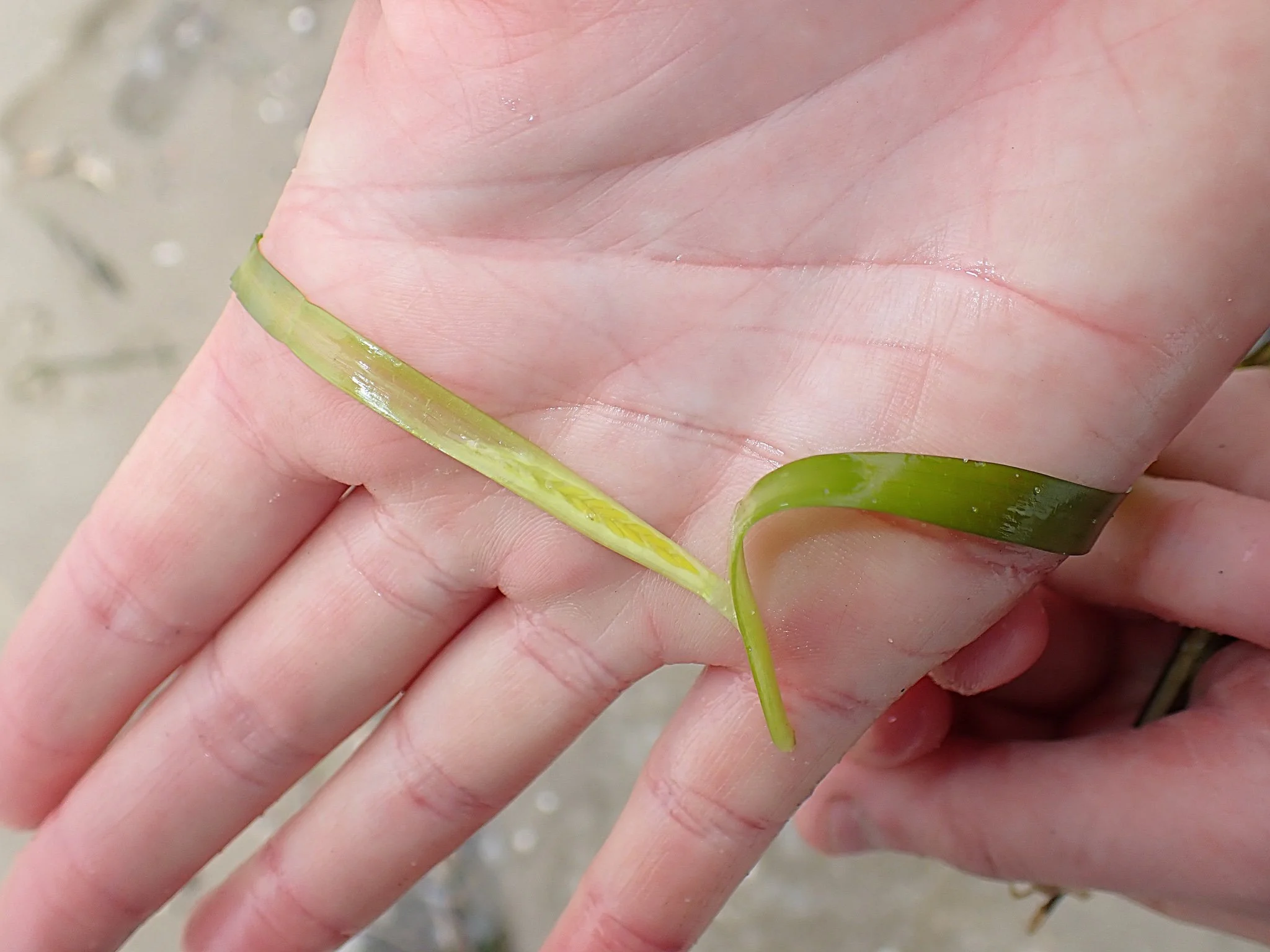Advancing Marine Restoration through an Oxford Policy Engagement Network Fellowship
The Seascape Lab recently participated in an OPEN Fellowship aimed at developing a blueprint for a future seascape recovery plan, ensuring lasting benefits for the region’s coastal ecosystems and communities
Satellite image of the passes within the dune belt at the entrance to Bassin d’Arcachon: European Union, Copernicus Sentinel-2 imagery
The Kunming-Montreal Global Biodiversity Framework saw many governments pledge their commitment towards achieving global ecosystem recovery targets (30% restoration of land and sea). As marine restoration initiatives gain momentum, achieving these goals will require upscaling for a resilient, sustainable, and healthy ocean. The needed shift toward seascape-scale restoration should be based on the latest science and co-developed with practitioners and policymakers.
During Dr Wedding’s Oxford Policy Engagement Network (OPEN) Fellowship, her team participated in a series of knowledge exchanges with the Parc naturel marin du Bassin d’Arcachon (PNMBA) and partners. The team shared the latest science on seascape restoration through a series of talks and workshops during their time in Arcachon, France. The UN Decade on Restoration featured a write-up on this knowledge exchange and related scientific talks here.
In addition, Courtney Stuart (PhD student in the Seascape Lab) led a seascape connectivity workshop to share the latest connectivity modelling approaches that can be applied in seascape restoration. Connectivity is the degree to which the seascape facilitates or impedes the movement of matter and energy between habitats. During a practical session of the knowledge exchange workshop, participants applied key concepts and tools to real-world problem solving in the PNMBA. Bassin d’Arcachon is an ideal living lab for considering these questions, as the bay forms a mosaic of important, interconnected coastal ecosystems, including Natura 2000 Protected Areas and Europe’s largest intertidal seagrass meadow.
Building on this, the team went out in the field with the PNMBA and partners to learn about their latest approach to seagrass restoration. The Seascape Lab learned about recent efforts to restore the size and function of seagrass meadows. These included removing existing pressures to promote natural recovery and engaging in active human interventions, such as community-led seagrass outplanting. Encouragingly, rates of seagrass loss have stabilised in recent years in the Bay.
Fieldwork photos: Courtney Stuart. Seagrass meadow: Lewis M Jefferies
To further enhance the single-habitat seagrass recovery efforts, the PNMBA could consider a multi-habitat seascape restoration approach. During knowledge exchange meetings a StoryMap was created to explore the different habitats in the Bay and explore the potential for seascape restoration. A future seascape-oriented approach will require a thorough understanding of spatial patterns and ecological processes in the PNMBA’s individual ecosystems—seaside dunes, tidal pools, seagrass meadows, mudflats, and natural and artificial oyster reefs—as well as their interactions. To facilitate this, the Oxford Seascape Ecology Lab has fostered relationships with collaborators at the University of Groningen, Project Seagrass, the Sea Rangers Service and the Seagrass Consortium.
The OPEN Fellowship has led to a fruitful knowledge exchange, the development of a policy brief, StoryMap, and lasting partnerships that can support the consideration of a future seascape recovery plan for the PNMBA. This will enable a transition from single-habitat (seagrass) restoration to a holistic, multi-habitat strategy that ensures lasting benefits for the region’s coastal ecosystems and communities, while also pioneering a model for seascape restoration in other temperate systems.
This work arises from activities funded by Research England’s Policy Support Fund allocation to the University of Oxford, undertaken as part of Dr Wedding’s Oxford Policy Engagement Network Fellowship.








